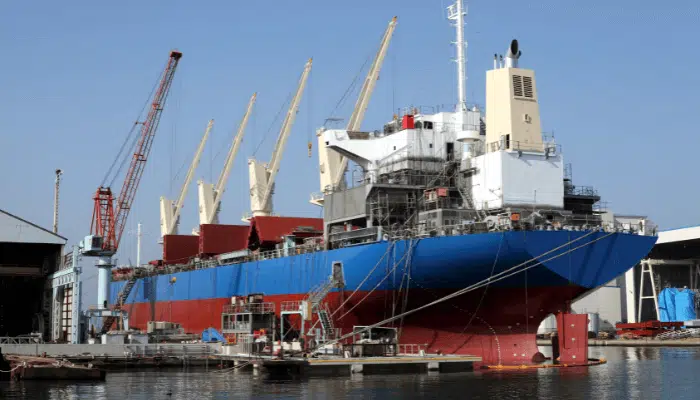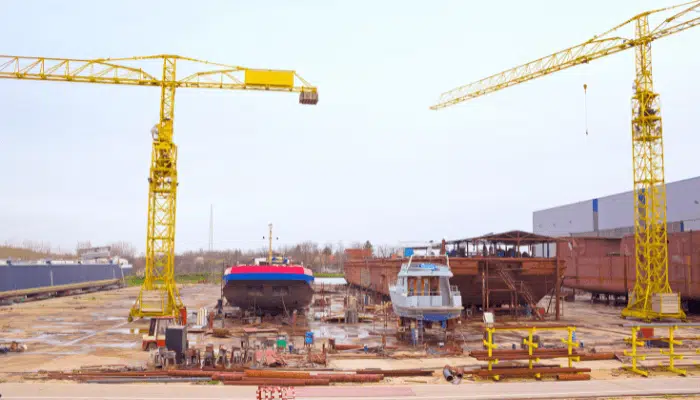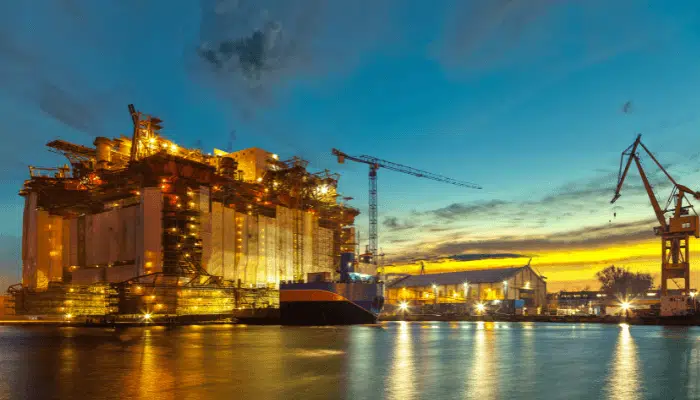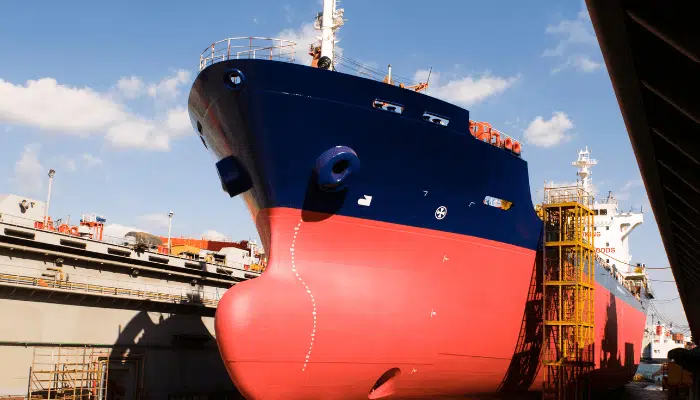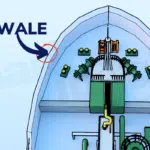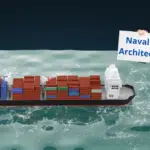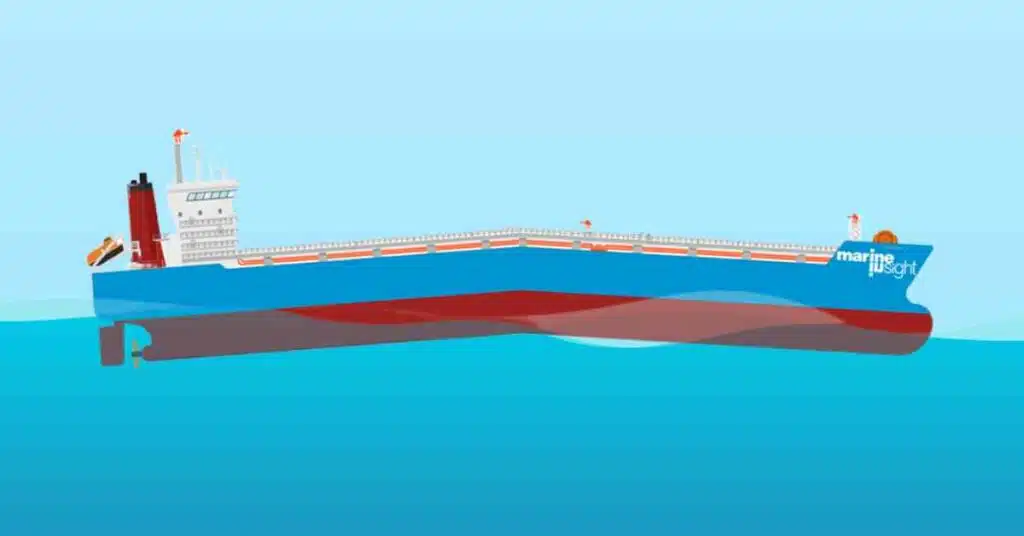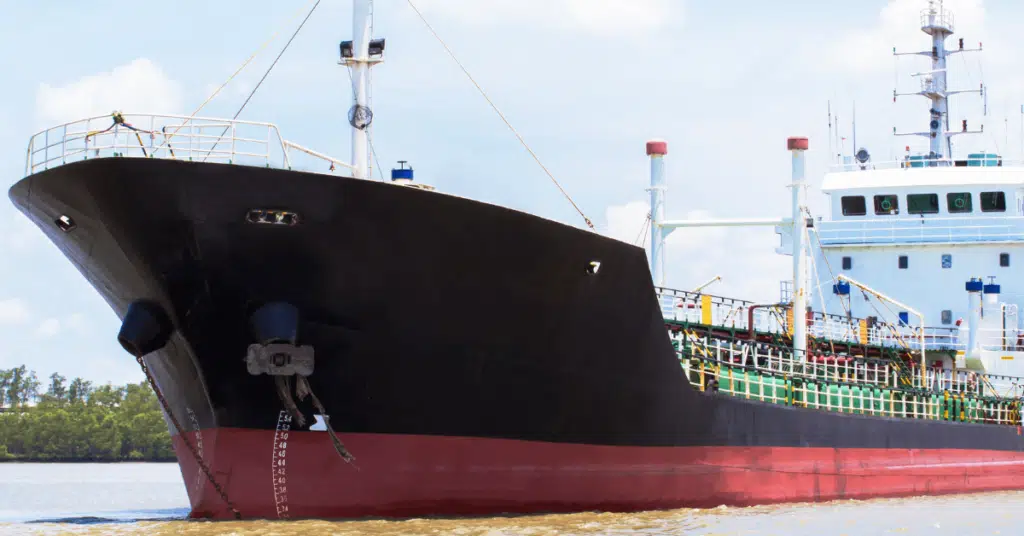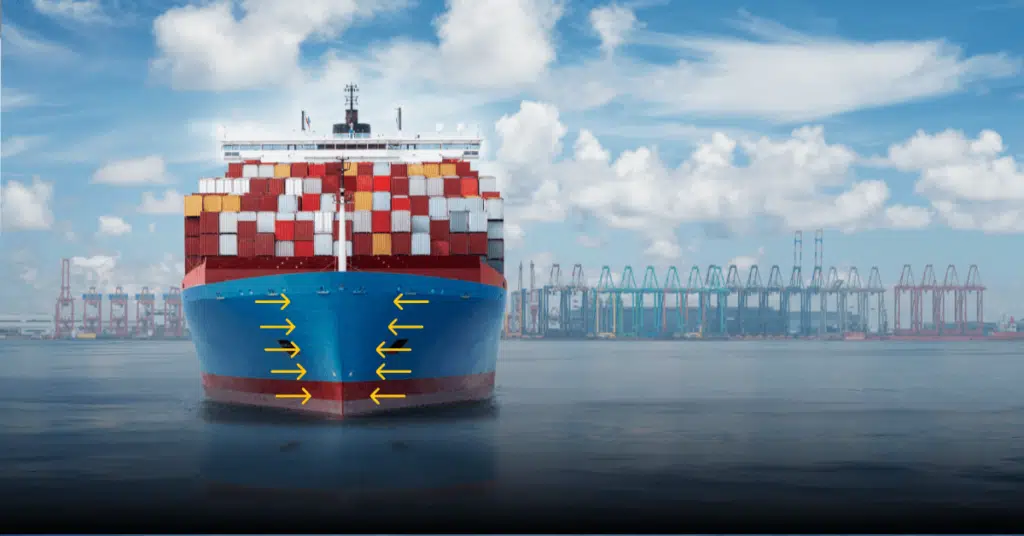Types of Shipyards Explained
Shipyards are as old as the ships themselves. Like any other production process, shipyards occupy large acres of land and are dedicated to constructing, refurbishing and repairing different kinds of marine vessels like ships and submarines. There are also yards dedicated to breaking or disposal of ships known as shipbreaking yards which we shall discuss in brief later on.
While we are enchanted by such engineering marvels, sometimes it may be hard to believe that starting from stage zero, everything is materialized in a particular shipyard, thanks to the synergistic intervention of man, equipment, and increasingly through the recent times, computational powers.
From the plate preparation shop to the fitting-out jetty, the shipyard follows an extensive workflow and involves the deployment of huge manpower, state-of-the-art infrastructure, efficient mechanisms, and systematic processes.
Shipyards are one of the earliest mainstream industries in the world just as ships are the oldest mode of global transportation.
History also has it that even several generations before the Industrial Revolution, the early concept of ‘factories or mass production plants were envisaged for building vessels on a regular basis to the effect citing burgeoning trade and commerce.
China, Japan and Korea are the industry leaders having the majority share in terms of the volume of vessels built annually. However, it can be proudly said that the first existence of a dedicated facility for constructing ships in the history of human civilization can be traced back to the ancient Harrapan settlements in India around 2600 BC. As of the current day, there are approximately 300 shipyards in service all around the world.
While any further descriptions about the operationality or detailed layout of a shipyard will lead to another diverse topic altogether, let us delve into the types of shipyards which commonly exist.
Types of Shipyards – Based On Ownership
In almost every country, there may be two kinds of shipyard based on ownership:
- Private Shipyard
- Public Shipyard
As the names easily suggest, private shipyards are owned by corporate organizations or entities. Like any other private-sector organization, the decision-making power and implementation of the desired frameworks are taken at the management level.
The net turnover, after necessary taxation, is the profit for the yard and that acts as a key determinant for improvement of processes and incorporation of more infrastructure.
The competence of a private-sector shipyard lies in the quality of its deliverables and also in the pace at which it executes orders. Though a private shipyard has a greater propensity to bag orders from private bodies or clients, they are also open to building vessels from government utility like defence vessels.
In India itself, thriving private organizations like L&T Defence has been instrumental in constructing vessels for the navy or coast guard for a very long time.
On the other hand, a public sector shipyard is owned by the government as a public enterprise and operates under the jurisdiction of the concerned ministry.
A government shipyard is considered a property of the government and most of the time, has an advantage over their private counterparts in terms of seamless allocation of funds for process improvement and bolstering their production capabilities.
India has a litany of renowned government-run, state-of-the-art shipbuilding facilities like Mazagon Docks, Goa Shipyard, Hindustan Shipyard, Garden Reach Shipbuilders and Engineers, Cochin Shipyard, and so on.
Just as private shipyards can take part in governmental projects, public shipyards also accept orders from private entities both nationally and internationally. However, as obvious, they have an upper hand over private shipyards in being considered for government bids.
For e.g. as per reports, public sector unit yards in India have been successful in garnering over 80-85% of the contracts for building, refitting or repairing defence vessels.
Types of Shipyards – Based On Purpose and Function
Now, a shipyard may be used for multifarious purposes. Hence, they can be classified as:
- Ship construction yards
- Ship repair Yards
- Offshore structure construction and repair yards
- Shipbreaking and recycling yards
Ship construction yards are mainly for the construction of various kinds of vessels. However, many shipyards are also utilized for the construction of submarines and other underwater vehicles. For example, Mazagon Dockyard in Mumbai, India is a pioneer in constructing world-class submarines, chiefly for defence and intelligence purposes.
Several shipyards are also used for repairing and refitting vessels within their facility. However, often exclusive facilities are existent for repair and retrofitting activities of vessels, submarines, etc. and may be classified as under ship repair yards.
Similarly, infrastructure dedicated to the fabrication and repair of offshore structures such as rigs exist. But several leading shipyards also extend their services to offshore structures within their existing facilities.
Shipbreaking and recycling yards are in diametrically opposite positions in terms of their purpose. Just as shipyards are used for shipbuilding, shipbreaking or recycling yards are used for dismantling and disposal of scrapped ships no longer deemed fit for use due to age, decommissioning, or incapacitation due to lack of service or accidental damages.
All activities taking place in a shipbreaking yard come under the purview of HAZMAT or hazardous material jobs and require specially experienced manpower who follow a specific framework in safely disassembling the discarded structures with utmost care such that the process does not have any adverse implications on the environment, ecology or lives of mankind including their own.
Alang ship-breaking yard in Gujarat is a big name in this business for a very long time.
Based on the clients served, shipyards can be classified into the following broad categories:
- Commercial
- Defence
As the names suggest, commercial shipyards serve are used for building or repairing ships or other structures which are used chiefly for general purposes within the domain of trade, civil transport, and essential or non-essential services, not under the purview of any military interests.
Most ships such as passenger vessels, cargo vessels like tankers, containers, bulkers, etc., or other various general-purpose vessels are built under this category.
On a similar note, defence shipyards are focused on constructing vessels and submarines for defence purposes.
A defence or a commercial shipyard may be private as well as public as explained above.
Types of Shipyards – Based On Size
Like every other production unit, shipyards are categorized based on size, both in terms of area as well as workflow and capabilities. They can be classified into three main types:
- Large
- Medium
- Small
Large shipyards are irrefutable assets of any nation. Be it government or private, defence or commercial, large shipyards are key indicators of a nation’s maritime strength and comprise a significant share of the economy.
Large shipyards are often characterised by sprawling infrastructures distributed over several hundred hectares of land, employing thousands of manpower for its effective functioning.
For any large shipyard, the employees are broadly classified as : an executive body, workers’ body, and others functioning under ancillary purposes.
The executive body is the decision-making and management-level entity which follows the basic organizational hierarchy.
The upper-level management or administration occupies the top of the heap and makes critical administrative decisions impacting the ensuing workflow and future steps along with controlling the overall operations ongoing in the yard.
The middle-level or mid-senior management reports to the administration and acts as a bridge between the top-tier management and the first-line management.
The first-line management involves managers, deputies, and other multifarious officers like engineers, designers, draftsmen, accountants, recruiters, IT administrators and so on.
The worker or labour body is the heart and soul of any shipyard facility. They are the ones who are instrumental in building or repairing the vessel from first principles and work under the instructions of the executive body. Their dexterity, precision, and workmanship are the keys to the yard’s reputation.
Though they are intrinsic employees of the facility, they are not office-bearers like the executive body and have a different framework of employment, mostly under contract and a flexible pay structure depending on manhours, experience and criticality of work.
To protect their interests and goodwill as a collective entity and improve communication with the executive body, they are often unionized. These unions, as a whole, are totally independent of the management.
However, in case of any issue jeopardising the interests of labours and productivity, the management is answerable to the union and vice versa. In case of exigent issues, committees represented by members from both parties look into unhindered resolution processes.
Apart from these two main bodies, others working for various ancillary units like stores, medical facilities, dispensaries, canteens, security, material transport, etc. are also crucial for the functioning of the shipyard.
Large shipyards for mass-scale construction of vessels are often replete with mega infrastructures ranging from giant lifting cranes to large spaces for fabrication of the hull. Hyundai Heavy Industries presently owns the largest shipyard on earth situated at Ulsan, South Korea.
In modern times, several industry leaders in shipbuilding are increasingly shifting to high-end equipment and systems which facilitate automation and integration. This reduces human effort, expedites the pace of construction, and also decreases the room for fabrication inaccuracies.
Medium shipyards are somewhat lower in size and infrastructure as compared to their larger counterparts but have a similar philosophy of workflow. Smaller shipyards are mostly private shipyards. They aim at constructing smaller vessels and boats. Sometimes larger vessels may also be built by these yards but not on a mass scale. As expected, in terms of size, infrastructure, and manpower, they are lesser in scale.
Types of Shipyards – Based On Location
Based on their location, shipyards may be broadly categorised as under the following:
- River
- Sea
A shipyard may be located on a sea coast or on the banks of a river. Very large vessels and submarines can only be constructed on yards situated on a sea coast.
A facility located on a river has some limitations in terms of the size of vessels and the draft requirements. However, medium to somewhat large-sized vessels has also been built on rivers.
Garden Reach Shipbuilders and Engineers in Kolkata is a highly reputed defence public shipyard situated on the Ganges river and has a record of building several state-of-the-art vessels.
You might also like to read:
- Dry Docking of Ships : Understanding Stability And Docking Plan
- What is Extended Dry-Docking of Ships?
- Dry Dock, Types of Dry Docks; Requirements for Dry Dock
Do you have info to share with us ? Suggest a correction

About Author
Subhodeep is a Naval Architecture and Ocean Engineering graduate. Interested in the intricacies of marine structures and goal-based design aspects, he is dedicated to sharing and propagation of common technical knowledge within this sector, which, at this very moment, requires a turnabout to flourish back to its old glory.
Latest Naval Arch Articles You Would Like:
Subscribe To Our Newsletters
By subscribing, you agree to our Privacy Policy and may receive occasional deal communications; you can unsubscribe anytime.



